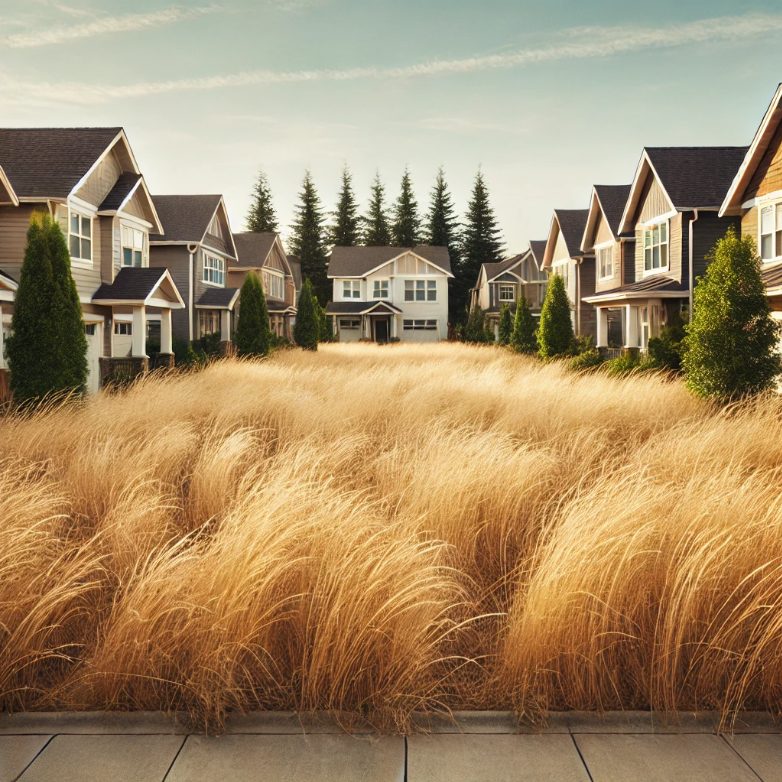DID YOU KNOW?
If you own land in Wisconsin, did you know you might qualify for an agricultural classification that could seriously cut down your property taxes? Yep—Wisconsin’s use-value assessment law means land used for farming is taxed based on what it can produce, not on what it might sell for. That’s a huge tax break! But there’s a catch: you have to actually use the land for farming (and prove it!).
In this guide, we’ll break down how agricultural classification works, what you need to do to keep it, and the risks of not playing by the rules—so you can keep more money in your pocket while making the most of your land.
What Is Agricultural Classification in Wisconsin?
Under Wisconsin’s use-value assessment law, farmland is taxed based on its productivity rather than its potential for development . That means if your land is actively used for farming—whether it’s growing crops, grazing cattle, or even collecting maple sap—it could qualify for lower taxes. The key word here is actively. You’ll need to show physical evidence of farming activity, like crops or livestock, from the previous year .
Some state and federal programs, like the Conservation Reserve Program (CRP), can also help you qualify, as long as your land meets the criteria .
Why Bother? The Big Benefits of Agricultural Classification
- Lower Property Taxes:
Land with an agricultural classification is taxed way lower than residential or commercial properties. That’s money back in your pocket! - Flexibility:
You don’t have to farm it yourself—you can lease it to a local farmer and still get the tax benefits. - Farmland Protection Programs:
Wisconsin has programs like the Working Lands Initiative and PACE (Purchase of Agricultural Conservation Easements) that help landowners keep farmland from being developed [4, 5]. - Keeping Wisconsin Rural:
By keeping land in agriculture, you help slow urban sprawl and preserve the state’s farming tradition .
What You Need to Do to Keep Your Agricultural Classification
If you want to keep that sweet, low-tax status, you have some responsibilities:
- Actually Use the Land for Farming:
This means growing crops, grazing animals, or other qualifying activities during the production season. Letting grass grow wild? Not gonna cut it . - Keep Good Records:
You’ll need things like farm leases, receipts for seeds and fertilizer, and even photos of your farming activities. This is your proof if anyone questions your land’s use. - Stay on Top of Zoning Laws:
State law determines classification, but local zoning can add more hoops to jump through. If your land gets rezoned but was used for farming last year, it might still qualify—at least for a little while . - Watch Out for Conversion Charges:
If your land gets reclassified (like for residential or commercial use), you could owe a conversion charge. In some counties, this can be a hefty fee—Rock County’s rates range from 5% to 10% of the difference between market value and use value .
The Risks of Losing Agricultural Status
- Higher Property Taxes:
If your land isn’t really being used for agriculture, the tax assessor could reclassify it, meaning much higher taxes. - Conversion Charges:
Switching from agricultural use to something else can trigger back taxes and fees. This could cost thousands. - Audits & Documentation Issues:
If you don’t have proof of farming activities, you might find yourself in a tough spot during an assessment review. Keep those records handy!
Wisconsin-Specific Programs You Should Know About
- Wisconsin Department of Revenue’s Agricultural Assessment Guide:
Your go-to resource for all the nitty-gritty details on use-value assessments and land classifications . - Conservation Reserve Program (CRP):
A federal program that pays you to convert erodible land into conservation cover—while still keeping agricultural classification . - Wisconsin Working Lands Initiative & PACE:
These programs offer tax credits and grants to help landowners keep farmland in production and out of developers’ hands. - Farmland Advisory Council:
This council makes recommendations to the Wisconsin Department of Revenue to ensure tax rules are fair for farmers .
Final Thoughts
If you own land in Wisconsin and aren’t taking advantage of agricultural classification, you could be leaving money on the table. The tax savings can be huge, but you need to stay compliant and keep records to prove your land is actively used for farming. Programs like CRP, the Working Lands Initiative, and PACE can make it even easier to qualify, but they come with their own requirements.
To make sure you’re on the right track, check with your local tax assessor or a real estate expert who knows Wisconsin’s land use laws inside and out.


 Facebook
Facebook
 X
X
 Pinterest
Pinterest
 Copy Link
Copy Link
